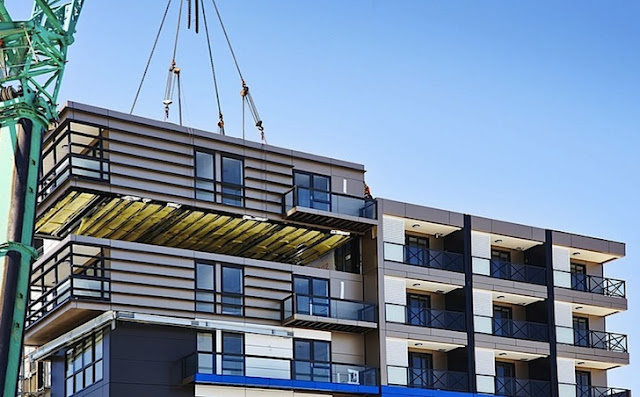The Rise Of Modular Construction: A Revolution In The Building Sector
 |
| Modular Construction |
What is Modular Construction?
Modular Construction involves the creation of building components, or modules, in a factory.
These modules are typically designed to be transportable and are assembled
on-site to create the final structure. Modular construction can be used to
create a wide range of building types, from small residential homes to large
commercial buildings.
Modular Construction is also sometimes referred to as off-site construction or
prefabrication. This is because the building components are constructed in a
factory or workshop, rather than on the construction site itself. This means
that the process can be carried out in a controlled environment, with access to
advanced machinery and equipment that may not be available on the construction
site. It also means that the construction process is not weather-dependent, and
can be carried out in any season.
How does Modular Construction work?
Modular Construction involves a number of stages, from design to assembly. Here is an
overview of the process:
Design: The first stage of modular construction is the design process.
This involves creating detailed plans and specifications for the building. The
design process is typically carried out using computer-aided design (CAD)
software, which allows for detailed 3D models to be created.
Fabrication: Once the design has been finalized, the building components
are fabricated in a factory or workshop. This involves cutting, welding, and
assembling the various components of the building, such as the walls, floors,
and roof.
Transportation: Once the building components have been fabricated, they
are transported to the construction site. This is typically done using flatbed
trucks or shipping containers.



Comments
Post a Comment